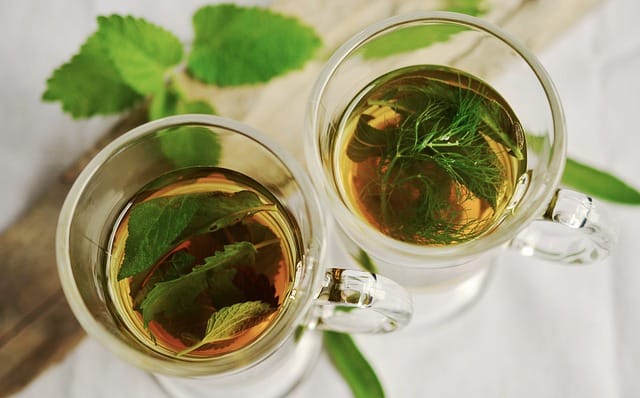How to grow Fennels
Fennel, scientifically known as Foeniculum vulgare, is a cool-season vegetable native to the Mediterranean region

In this article:
- Introduction to Fennel
- Choosing the Right Varieties
- Ideal Growing Conditions
- Starting Fennel from Seeds
- Transplanting Seedlings
- Caring for Fennel Plants
- Watering and Irrigation
- Fertilization Techniques
- Pests and Diseases
- Harvesting Fennel
- Culinary Uses of Fennel
- Storing and Preserving Fennel
- Tips and Tricks for Successful Fennel Growth
- Conclusion and Final Thoughts
Introduction to Fennel
Fennel, scientifically known as Foeniculum vulgare, is a cool-season vegetable native to the Mediterranean region. It belongs to the carrot family and is praised for its aromatic taste and crunchy texture. Fennel bulbs, stalks, and feathery leaves are all edible and commonly used in various culinary dishes.
Choosing the Right Varieties
When selecting fennel varieties to grow, consider factors such as taste preferences, growth habit, and maturity time. Popular fennel varieties include Florence, Orion, Perfection, Zefo Fino, and Di Firenze.
Ideal Growing Conditions
Fennel thrives in full sun exposure, although it tolerates partial shade. It prefers well-drained soil with a pH level between 6.0 and 7.0. Adequate airflow and spacing between plants help prevent diseases.
Starting Fennel from Seeds
Start fennel seeds indoors 6-8 weeks before the last frost date in your area. Sow seeds in small pots or seed trays filled with quality seed starting mix. Water the soil lightly and keep it consistently moist until germination occurs.
Transplanting Seedlings
Once fennel seedlings have grown to a height of around 3-4 inches, they can be transplanted outdoors. Harden off the seedlings gradually by exposing them to outdoor conditions for a few hours each day before planting them in the ground.
Caring for Fennel Plants
Fennel plants require regular care to ensure healthy growth. Remove weeds that compete for nutrients and space with the fennel plants. Provide support for taller varieties to prevent them from toppling over in windy conditions. Protect the plants from extreme temperature fluctuations and frost.
Watering and Irrigation
Keep the fennel plants consistently moist, especially during dry periods. Water deeply to encourage deep root growth and prevent surface-level moisture loss. Avoid over-watering, which can lead to root rot.
Fertilization Techniques
Apply a balanced organic fertilizer before planting and side dress with compost or well-rotted manure during the growing season. Avoid over-fertilization, as it can result in excessive foliage growth and decreased bulb production.
Pests and Diseases
Common pests that may affect fennel plants include aphids, slugs, snails, and caterpillars. Monitor the plants regularly and take appropriate measures, such as using organic insecticides or introducing beneficial insects, to control pests. Fungal diseases like powdery mildew and root rot can be prevented by maintaining good air circulation and proper watering practices.
Harvesting Fennel
Harvest fennel bulbs when they reach a size of about 3-4 inches in diameter. Use a sharp knife or pruning shears to cut the bulb at the base, leaving about 1-2 inches of stalk attached. The leaves can be harvested at any time for culinary purposes.
Culinary Uses of Fennel
Fennel is a versatile vegetable that enhances the flavor of various dishes. It can be used raw in salads, roasted, grilled, sautéed, or braised. The bulb, stalks, and feathery leaves all offer distinct flavors and can be used in soups, stews, pasta dishes, and more.
Storing and Preserving Fennel
Fennel can be stored in the refrigerator for up to two weeks. To extend its shelf life, store the bulbs in a perforated plastic bag to maintain moisture. The feathery leaves can be dried or frozen for later use in cooking.
Tips and Tricks for Successful Fennel Growth
- Thin out fennel seedlings to provide enough space for proper growth.
- Regularly remove spent flowers to prevent the plant from going to seed prematurely.
- Mulch around the base of fennel plants to conserve moisture and suppress weed growth.
- Rotate the location where you plant fennel each year to prevent the buildup of diseases in the soil.
- Consider inter-planting fennel with companion plants such as dill, chamomile, or marigold to attract beneficial insects and deter pests.
Conclusion and Final Thoughts
Growing fennel can be a rewarding experience for gardeners looking to diversify their vegetable garden. By following the appropriate steps and providing the right growing conditions, you can enjoy a bountiful harvest of flavorful fennel bulbs, stalks, and leaves. Experiment with different culinary uses and preservation methods to fully enjoy the versatility of this fragrant and delicious vegetable.
